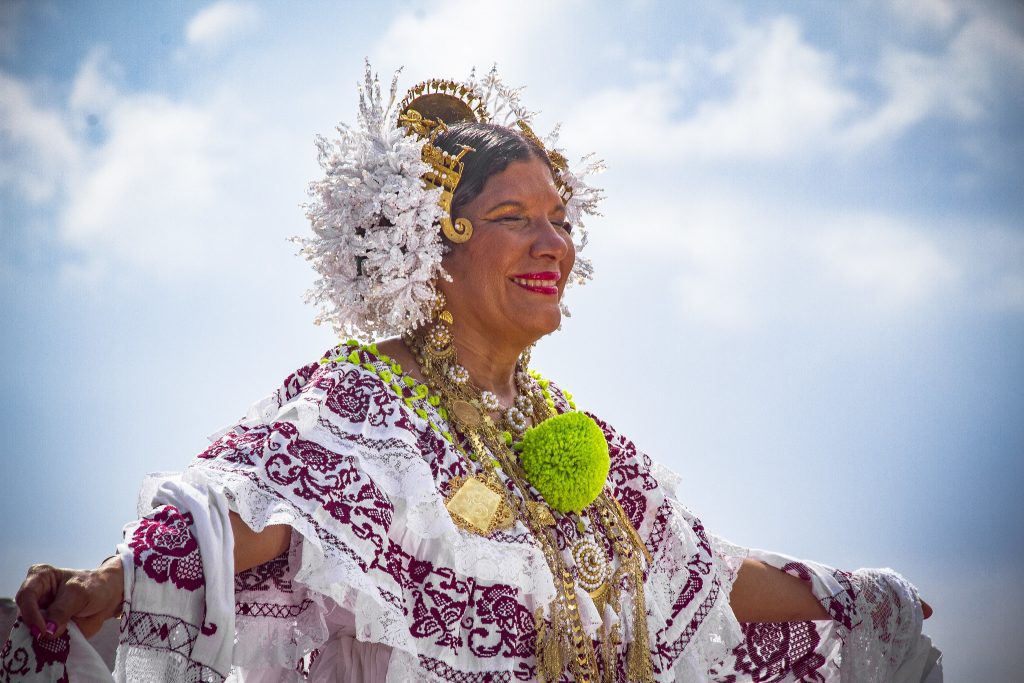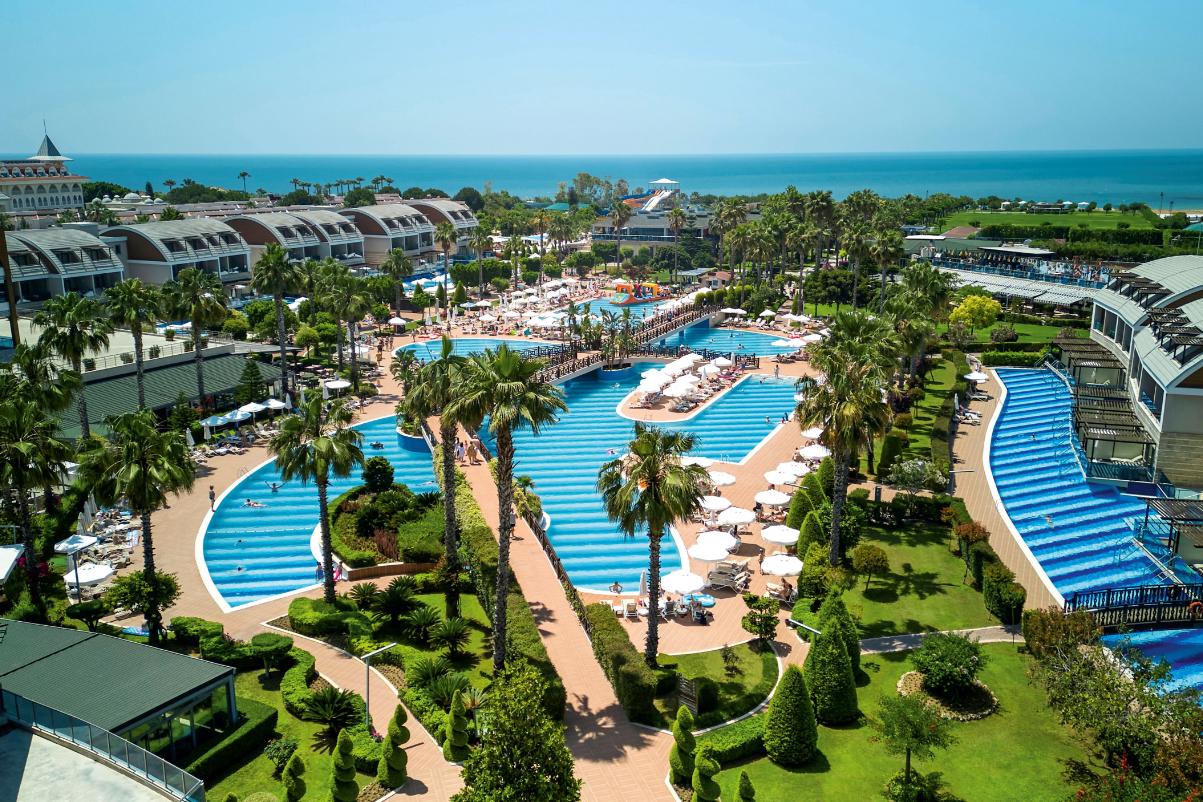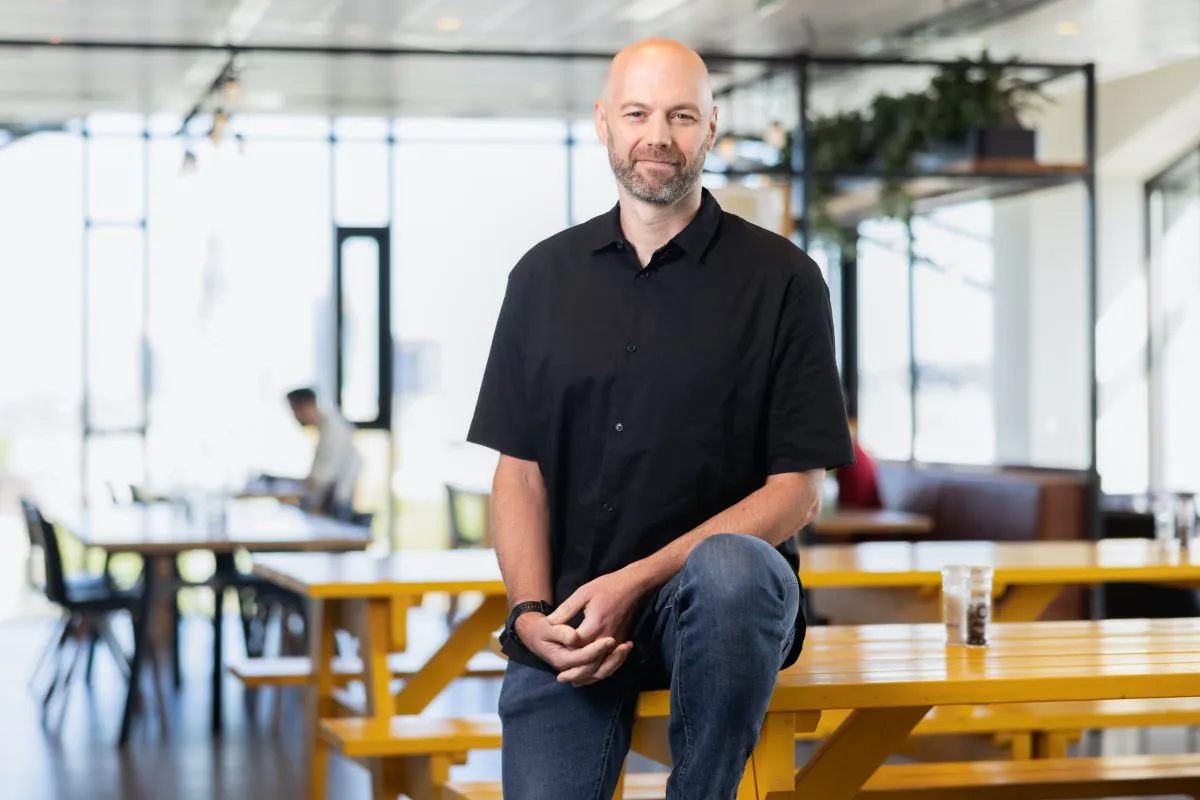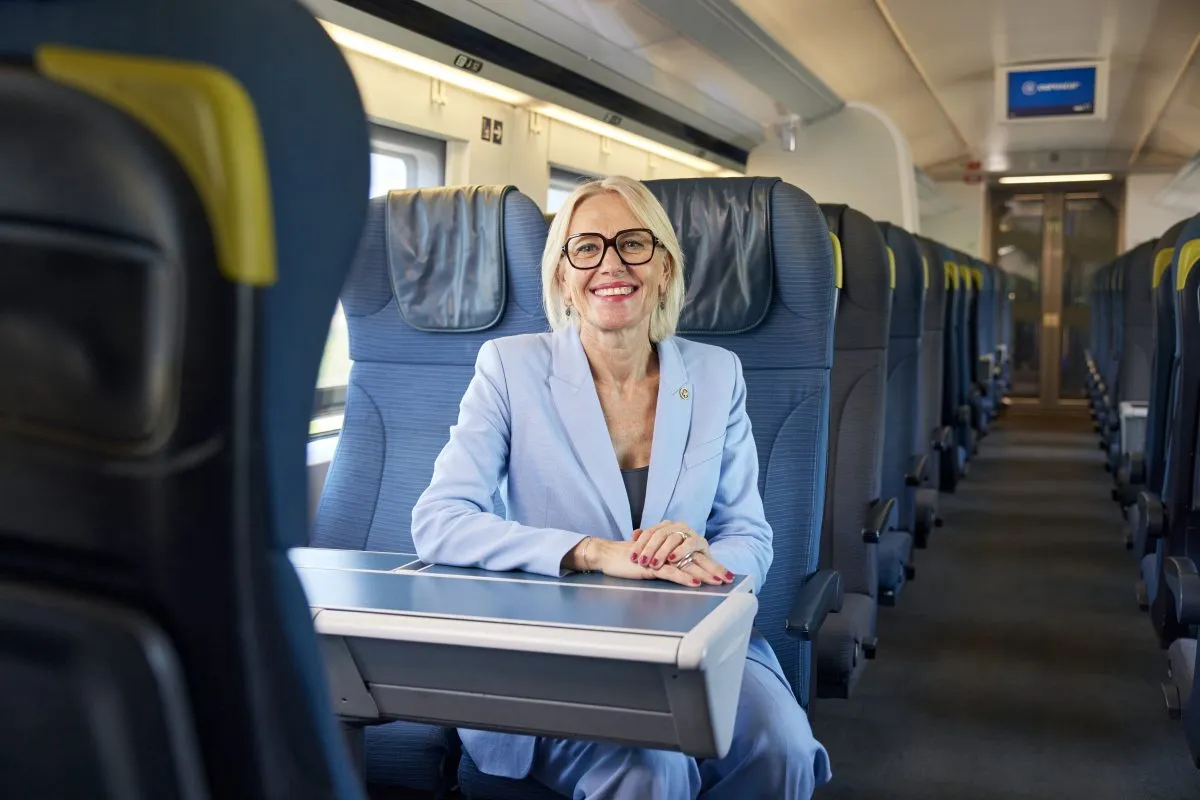Panama Is Spending $300 Million With Lofty Goals for Community-Centric Tourism

Skift Take
Pre-pandemic, Panama was one of the strongest performing economies in the Latin America and Caribbean region, growing at an average of 4.7 percent annually. But that wasn’t the case for its tourism sector, which remained stagnant in comparison to previous years, even with a 16 percent contribution to the gross domestic product.
That outlook was supposed to change in 2020 with the appointment of a new minister of tourism — a millennial entrepreneur with a background in finance and hospitality but no political ties — and the launch of a first-ever destination marketing organization for Panama, PROMTUR. The pandemic slashed visitor numbers in 2020 by over 70 percent as well as hit deeply on other large sectors. But that didn’t stop the country from playing catch up in boosting its economy and transforming its image — through tourism.
Beyond pushing for the return of visitors, the Panamanian government is in the midst of spending an ambitious $301 million for a sustainable tourism master plan. The goal: rebuild Panama’s visitor economy over five years, from 2020-2025, into one that places communities and the environment at the center of tourism’s future growth and benefits.
“We are a country that says we have a canal, and we've had a booming real estate industry for years and the financial services sector — tourism, it’s the first time that there's a master plan and it's the first time the government, with the cabinet and president, has formally approved a master plan,” said Panama's minister of tourism, Ivan Eskildsen. "So this is the first time that tourism becomes state policy, and we're actually moving forward with a sustainable tourism master plan.”
Nature and culture-based tourism as state policy and targeting conscious travelers for it are a central part of this plan. “Now we know there's an opportunity to attract this demand, to bring in dollars to the country, but at the same time preserving our nature and our culture with involvement of local communities and helping to improve the lives and well being of communities,” Eskildsen told Skift.
As far as sustainability claims go, it sounds basic to declare embracing natural and cultural assets, but Panama’s plan, developed with input from locally established non-governmental organizations as well as international conservation groups, has a regenerative tourism bent. It commits to diversify the industry by officially embracing community-based tourism and making 10 indigenous or Afro-Panamanian communities into tourism destinations, to start.
“What is new about their approach is really trying to map biodiversity assets, community and cultural and historical assets with market and interest from the market, and I think taking a holistic approach to that, and then saying — OK, what are the barriers to entry, how do we help communities, how do we help develop tourism routes and clusters and these kinds of things," said Jamie Sweeting, president of Planeterra. "Sometimes the market needs a bit of a helping hand.”
If Costa Rica is “Pura Vida,” Panama is now “Vive por mas" or "Live for More” under a new branding platform that launched this month, targeting the conscious traveler and also part of the new tourism master plan.
It’s a radical change ahead for Panama, but it could be planting the seed for a new tourism governance model for a region where the leadership has historically excluded local communities and embraced mass tourism development at the expense of profits. Could Panama be leading the reset that’s desperately needed and make tourism more equitable in the Americas?
Live for More: The Conscious Traveler
Panama’s new branding is relying on the promise of the conscious traveler or the “viajero consciente.”
“So there's two pieces — there's on the marketing side we want to attract the right people with the right values, we also on the other side have the tourism authority who has a plan for developing the country in a sustainable way," said Woodrow Oldford, chief marketing officer at PROMTUR. "So they have to work hand in hand; if we're building a sustainable country and we don't brand the country in the appropriate way to attract the right people, we then mess everything up.”
Oldford said that researching the discerning traveler led PROMTUR to find almost 600 million of them that Panama could target. Primary markets include the U.S., Canada, Costa Rica, Colombia, Brazil, Argentina, and in Europe, Spain, Germany and France.
“We found viajeros conscientes in all of those markets,” Oldford said, adding that conscious travelers are also in Australia, as well as Italy, Mexico, Peru, but that efforts were under way to research the latter markets.
PROMTUR has gone has far as segmenting this conscious minded traveler into three tiers: the creative idealist, the history seeker and the holiday globetrotter, all of whom travel to learn and grow, or as a method of self-discovery.
As for the “Live for More” rally cry, Oldford said, it was designed to put Panamanians first.
“So one of the things that we did with the branding instead of doing branding around a visitor only, we put the tourists which is the discerning traveler and the Panamanian at the center of the brand and it had to work for the Panamanian and the visitor at the same time. If it didn't work for both then it was thrown out.”
Community Empowerment at the Center of Tourism
To push forward the master plan’s commitment to bring to market ten communities and decentralize the industry, Panama’s government formed an alliance at the start of 2021 called the Panamanian Alliance for Community Tourism, alongside the Panamanian Foundation for Sustainable Tourism (APTSO), and non profit organizations Fundación Natura and Planeterra.
“PACTO is a simple and innovative social strategy to demonstrate how community based tourism can train communities to self management, Annie Young, president of the Panamanian Foundation for Sustainable Tourism (APTSO), whose work with communities spans decades.
So far, the foundation's team have undertaken six months of pre-diagnostics work “pro bono” for the government so far, Young said, in identifying which communities will be part of the national project. Young stressed that communities would be selected based on a transparent scoring system.
“What we did together with Planeterra, we created a matrix with criteria of evaluation; there's several levels, right, so we evaluated different communities, some communities I visited, my team visits others,” said Young.
One of those questions indicates consent — whether the community is receptive to having tourism in the first place.
“We want to work with communities that want a project because some communities don’t want a project — they say you know what, I work with my fruits, I produce melones and I don't want tourists bothering me.”
The communities that have the higher scores is the community that will end up in the top 10 as part of the initial push to integrate them into the tourism chain.
The matrix evaluation was completed just days ago but for now the work has paused pending government funds that were promised to push this project forward. as part of the Panama sustainable tourism master plan.
“We are working with our own resources because we have to submit deliverables in order to receive payment,” Young said, adding that APTSO and teams from different partners are having to fork out money for it, to her board of directors’ discontent.
The government of Panama committed to $200,000 to support this portion of Panama’s master sustainable tourism plan and the tourism alliance, but nearly a year in, the funds have yet to be disbursed. That a small NGO is expected to conduct field work of this magnitude pro bono and pre-payment, with an uncertain timeline on disbursement, raises eyebrows and could cast doubt on Panama's commitment to community tourism.
Tourism minister Eskildsen said this was the norm in government, but that the funds for APTSO were being processed, though unable to provide a specific date.
“We always have an issue in the government with the idea of fast disbursements, but you know we're managing it and the project has already received the initial approval of our controller's office, which is the entity that oversees all public funding,” said Eskildsen. “So we're finalizing the details of the first delivery of the project on behalf of the Foundation, and with that first delivery then we’ll disburse the first payment out of these $200,000, which has a two-year period.”
The goal, Eskildsen added, was to eventually grow past the initial 10 communities that will come through the PACTO alliance.
Changing Tourism Starts At Home
Getting the private sector and all the players in the tourism chain on board informed and getting them to embrace Panama tourism’s new ambition towards a more community-centric and environmentally minded industry will be key in pulling off the plan.
Aside from the Panamanian tourism alliance, efforts are focused on bringing awareness to stakeholders, in various forms — for instance, launching a tour operator contest alongside the United Nations World Tourism Organization with a prize for the tour operator that reinvents its model to accelerate the master plan, inviting U.S. tour operators from the Adventure Trade and Travel Association, and starting a 1,000 kilometer trail improvement project in the country led by a U.S. expert in developing recreation and national parks.
With most of the hotel infrastructure based in Panama City, stimulating investment outside of the city to bring tourists to the rest of the country is also under way, Eskildsen said.
For Planeterra’s Sweeting, bringing on city stakeholders to embrace sustainable tourism and community based activities will be critical given the hub’s importance as a transport hub in the Americas.
“At the end of the day, anybody who's flying into Panama is flying into Panama City, they're spending a night or two in the city and they're going and looking at the canal — so again, most people think of community tourism and they think niche market, it’s off in the rainforest nothing to do with me. But when you start looking at it from the eyes of a traveler coming from Europe or coming from North America to Panama, they're going to be spending three or four of those nights in a city hotel, because it's the beginning and the end of the trip. So, how do you get those guys to be supportive of community tourism?”
Mapping it back to what the consumer needs will be key to making Panama’s plan work, Sweeting said, and designing the experiences with those who know their customers. “That's not just the operators that run trips out of Panama City, it's also those host hotels that know their guests and know what their guests like to do.”
It’s also about pulling in the locals looking for activities and interested in supporting the communities, not just the expats and the business travelers.
“When I was a tour operator I wanted to work with those communities but one tour operator is not enough, we need the industry to embrace this strategy and the industry to adapt their products to include these communities and include the products of those communities," said APTSO's Young. "So that's what we are doing also working with the private sector.”
A Potential Shift for Tourism in Panama and the Americas
For now, while efforts to push the sustainable tourism plan continue, Panama is targeting regional travelers with its vaccine tourism campaign.
“The vaccination tourism is a window of opportunity where many of our neighbors are not as advanced as Panama; Panama has 73 percent vaccination rate, so as we are well advanced we have neighbors that are 10, 20, 30 percent, we are trying to attract these people towards more traditional tourism experiences such as shopping in Panama City," Eskildsen said.
Additional tactics to drive demand include a stopover campaign with COPA Airlines and two new charter flights launching from Ecuador and Peru this month.
But Panama's tourism minister's said he was focused on transforming Panama’s tourism for the long haul and by extension, building a legacy of a tourism model that places community empowerment at the center and preserves the country's "bio-cultural heritage" in a world facing a climate crisis and in urgent need of solutions, which necessitates the participation of communities.
“For the first time, which I believe is an element that differentiates this administration, we approached indigenous communities — personally visiting the chiefs of indigenous groups that manage their own territories in Panama,” said Eskildsen. “They've been very skeptical in the past and because of all these reasons, as it's common in the Americas at least, they usually are used and not integrated. They even shared a letter, one of the seven indigenous groups we have, after we shared this draft of our content based on their spiritual traditions, saying they're very happy that we're embracing and supporting the preservation of their culture. That never happened in tourism in Panama.”
Will the conscious traveler come flocking to Panama as fast as tourism leaders are anticipating? It’s a trend that younger generations have been helping accelerate, and that destinations previously plagued by mass tourism are monitoring closely. The road is long, but experts remain positive that despite the challenges ahead, change is afoot for Panama’s tourism sector. So long as the funds to make it all happen, match the commitment.
“I feel that this model can be replicated in other regions of Central America, because the tourism of the future is more regional as well post-pandemic,” said APTSO's Young. “I think it's coming along, it’s not easy work because there is a lot of criticism when there are companies that are in bankruptcy and people say, these people are talking about birds and Indians. But you know, it is a time to rebuild.”
Skift’s in-depth reporting on climate issues is made possible through the financial support of Intrepid Travel. This backing allows Skift to bring you high-quality journalism on one of the most important topics facing our planet today. Intrepid is not involved in any decisions made by Skift’s editorial team.




